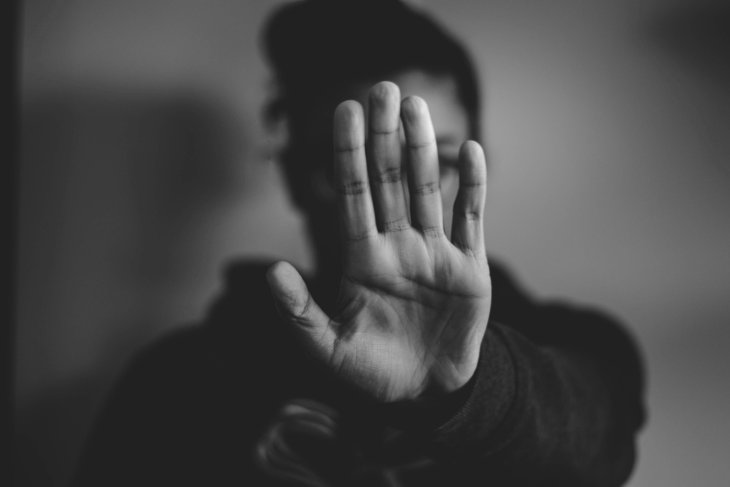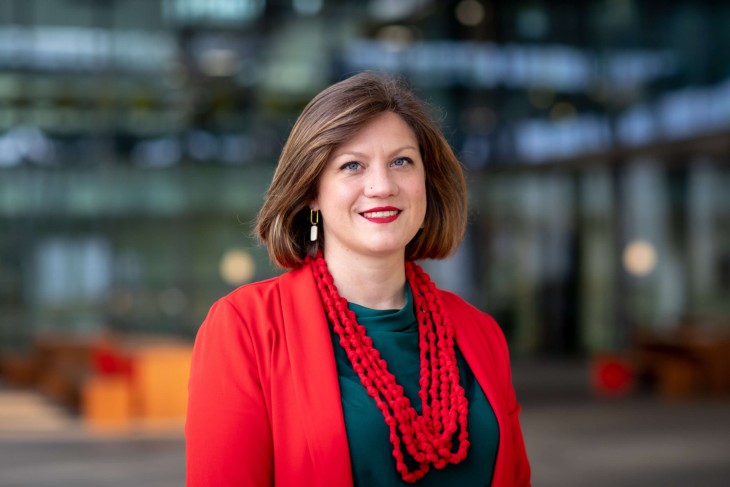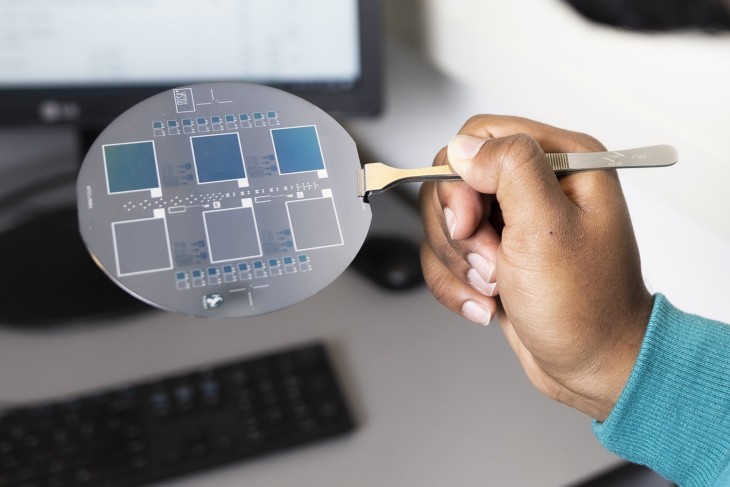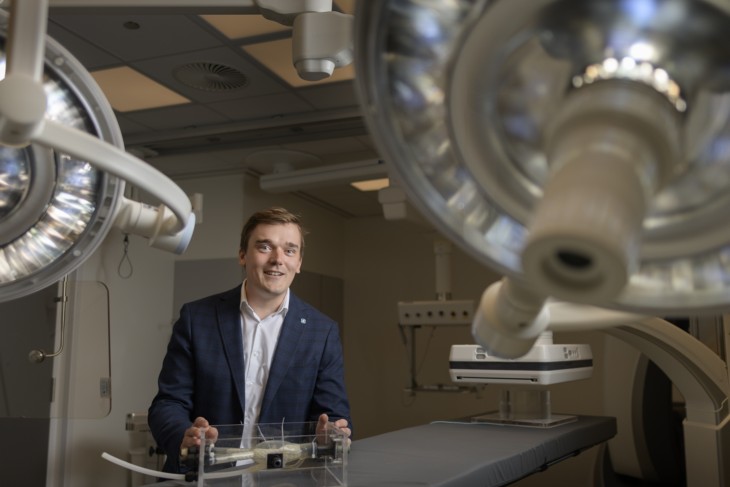“Whether you open Instagram, a national newspaper, or any other platform you read the news on – you find news about violence against women everywhere,” says Nancy. “From our perspective as women, this topic was one of the first things we thought about when we had to define the scope and topic of our project.”
As part of the Societal Challenges course in the Master’s in Communication Science, students take a deep dive into a complex societal problem and analyse the role of communication. “Violence against women is very topical and under a lot of current legal changes and research, for example, within the European Union. However, there’s not enough actual impact – many women still experience it every single day. That’s why we wanted to dive into the root of the problem and understand why contemporary solutions are often insufficient.”
Social media
Just the preliminary desk research already showed the complexity of the issue. “There are so many layers to violence against women. It comes in many forms and degrees of severity – from microaggressions at work, to cyberviolence, intimate partner violence and even femicide,” Leonie explains. “Rarely is it an isolated act of violence. The signs may start small, to the point where it’s almost normalised in society. That’s why, unfortunately, victims often only get help at a point where it has escalated. We need to become aware of these earlier signs and design interventions that are suitable also for the beginning stages of this escalation ladder.”
A telling example of these early signs can be found online, on the social media platforms where much of today’s teenagers’ social lives take place. Misogynistic influencers like Andrew Tate spread philosophies that speak to the insecurities and experiences of specifically young men, becoming present in how they communicate with each other and young women online. “We found that there’s a whole ‘emoji codebook’ that young people use to communicate – one that adults, and therefore parents and caretakers, often don’t know about. Take the coffee cup emoji; a way for men to express their disdain for things considered typically female or girly. It’s these little ways in which condescending language and gestures find their way into generalised behaviour.”
Subtle, online forms of violence against women, thus, often go unrecognised. It goes to show the importance of media research, and specifically the way in which it’s conducted. “As communication professionals, we should understand this and also incorporate these hidden meanings and semantic nuances in how we do our media research,” Carly adds. “It’s the only way to move forward: those kids commenting coffee cups online today, are the policy makers and politicians of tomorrow.”
Contradicting experiences
In addition to their literature and media research, the group also interviewed various stakeholders – from victims to police officers, confidential advisers and social workers. “We wanted to gather data about the lived experiences of those affected by or working against this type of violence,” says Ioanna. “We had to be considerate in approaching them, given the sensitivity of the subject. But we’re very happy we got to do these interviews – they gave us very valuable insights we would not have gotten otherwise.”
A striking finding was that although small steps forward are being taken from various perspectives – think of stricter laws on consent, or the increase of media attention on femicide – these steps do not always improve the situation, but may even exacerbate it. “Think of women filing a police report as a result of new consent laws, only to be sent home due to staffing issues, never to try again. Or think of headlines on femicide that, in their reporting on the crime, centre the experience of the perpetrator rather than the victim,” explains Leonie. “Although these ‘gaps’ in the system may seem relatively innocent, they can play a huge role in women’s trust in institutional support systems.”
Impact on health care
While interviewing stakeholders, the group came into contact with a local health care institution, Carintreggeland. “Our project supervisor connected us, and after explaining our research, they asked us to present it to their employees, who regularly work with victims of violence,” says Carly. “Because the employees were already quite familiar with the topic, we quickly got to brainstorming about tools and strategies to raise awareness and empower victims, which I think was really valuable.”
Although the complexity of the issue makes it difficult to find tools that apply to a variety of situations, the employees were happy to brainstorm together. “They came up with all kinds of ideas on how to support victims, from conversation techniques (walking and talking) to tools for opening up (such as keeping a diary). But we also talked about educating children, and how integrating series like Adolescence in school curricula – as is being done in the UK and the Netherlands – may help raise awareness at a young age.”
Moving forward
Although there isn’t a clear-cut solution to battle violence against women, the project proved valuable, both academically and on a personal level. “Our goal wasn’t to present a bunch of ready-made instruments or tools to combat the problem; unfortunately, those don’t exist, and it would be an injustice to all those affected by violence to pretend they do. However, the project did really help us understand the issue on a deeper level, and see that we need to establish an actual change of culture within society to make a change,” Carly explains. “Besides that, it has also opened our eyes to the invisible struggles that so many of us women go through,” Nancy adds.
The question then remains, where to start? The group is pretty adamant: with the youth. “Yes, the media play a huge role, the legal system plays a huge role… but a big part of it starts with our upbringing and education,” says Ioanna. “Media literacy is decreasing, and parents do not always have the time to critically discuss the content their kids are consuming with them. But we also have to consider how online communities and algorithms influence the perception and behaviour of teenagers. This cannot be done in isolation – we need to combine forces with different academic fields and within society to work towards a better future.”
*source: UN Women





